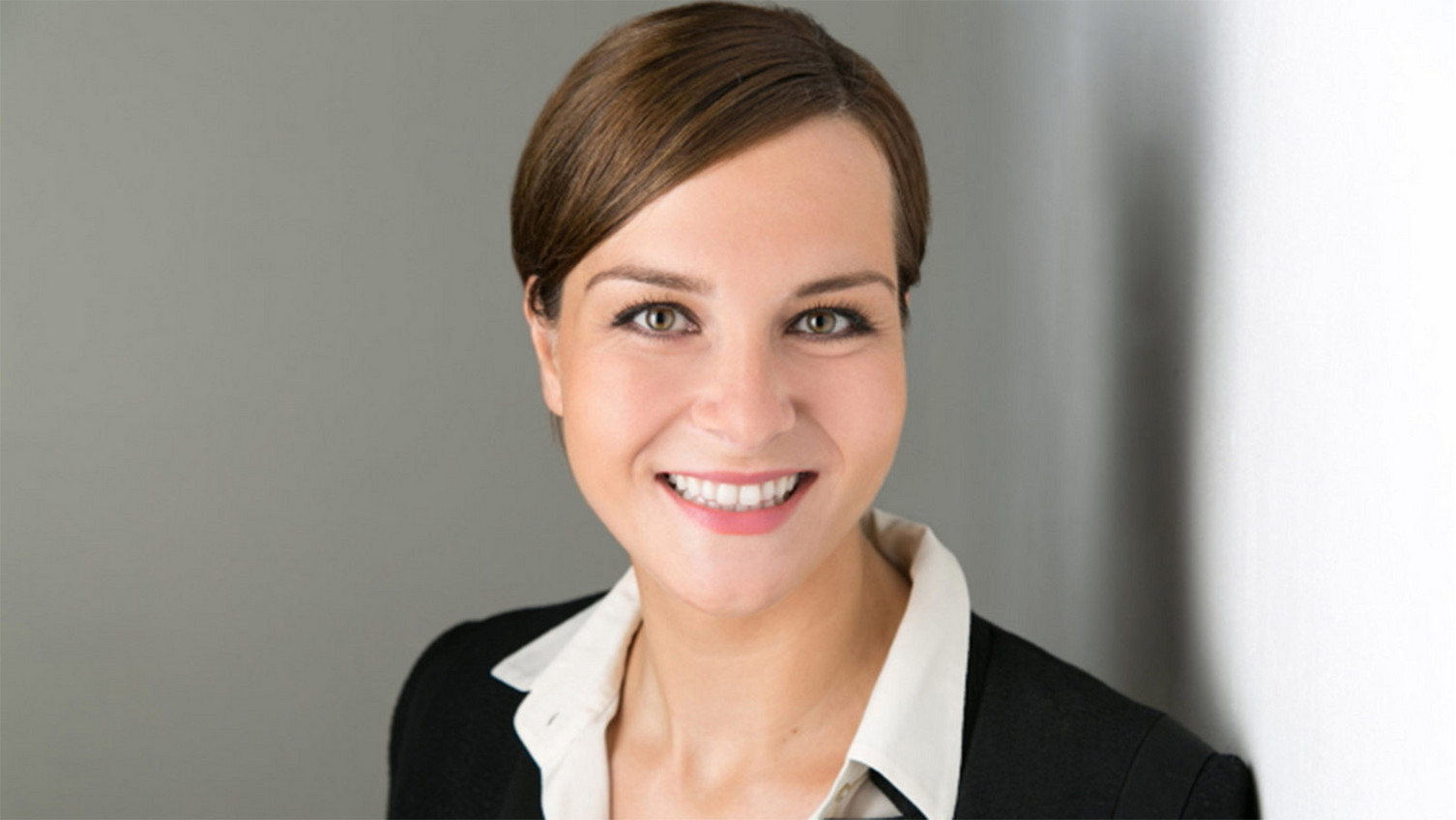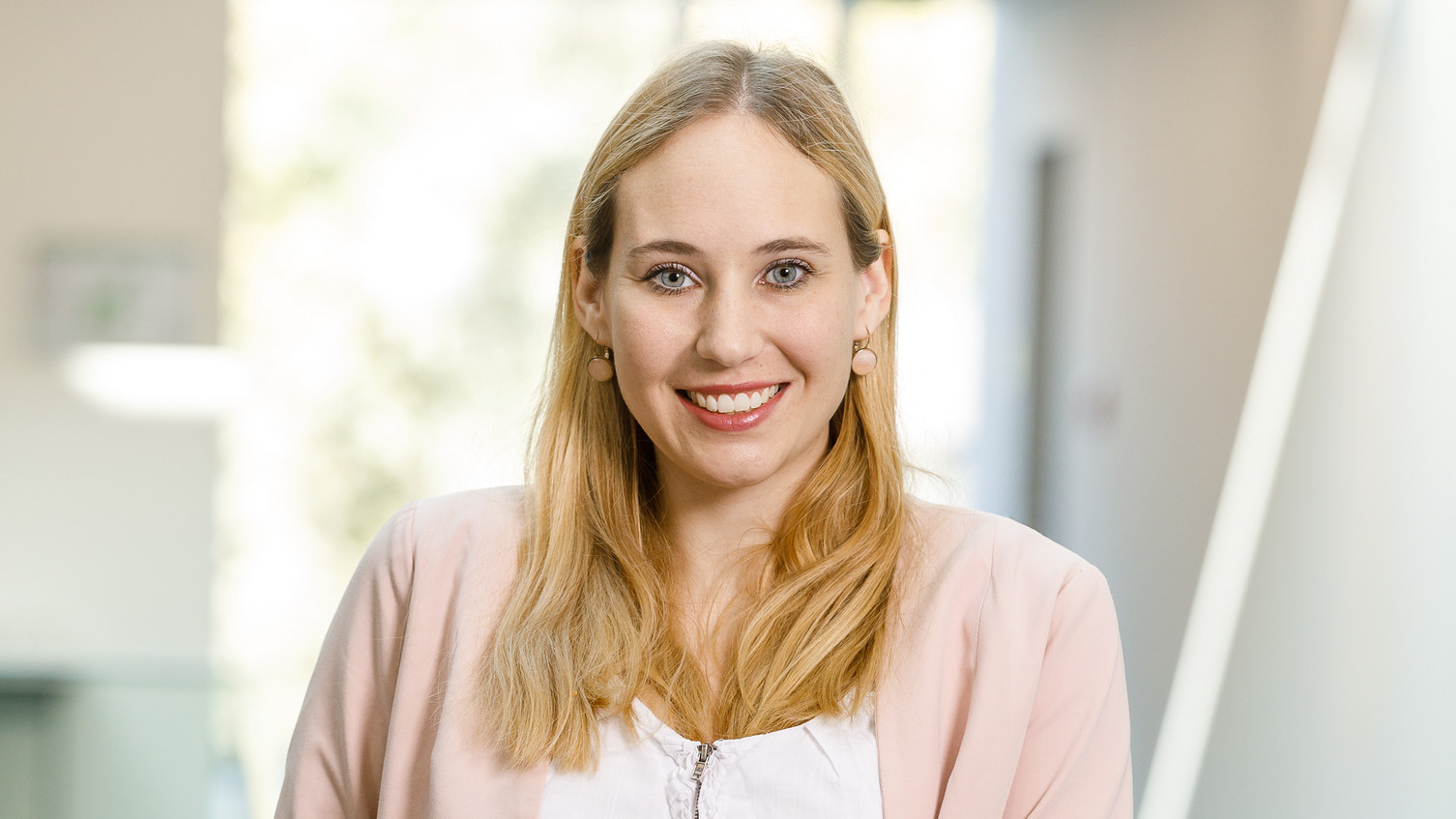Innovations have their Time
2024-01-15
It has been a successful launch - the project is in full swing: the scientific network "Disruptive Innovation Processes and Temporality" is dedicated to the role time plays in the search for the "entirely new". Disruptive innovation processes, which allow individuals, companies, and organisations to think, act or solve problems in a radically different way, always occur in relation to time. This interaction shall be examined.
The objective is to understand the implications of various time-theoretical lenses "time as a resource", "time as a structure(giver)" or "time as a process" in the innovation process. The two-year funding started at the end of 2023. According to the scientific directors, the international research project supported by the German Research Foundation heralds a "new agenda for research and practice". "Because the time factor is understood and analysed as a key criterion in the innovation process. Companies and organisations can derive solutions for practical issues from this," explain the Lüneburg scientists Sarah Stanske and Stefanie Habensang.
The topic is timely. The Federal Ministry of Education and Research recently legally extended the scope of action of the Federal Agency for Disruptive Innovations - SPRIND. It thus created a basis for expanding the practical search for breakthrough innovations in Germany. In addition, preparations for the development of DATI - the German Agency for Transfer and Innovation - are in full swing in 2024. Despite budget bottlenecks in the federal government, the field of innovation takes priority. This also benefits research in the School of Management and Technology in Lüneburg, from which the international network is coordinated.
Interactions of Temporality
Dr Sarah Stanske, business economist, postdoctoral researcher at the Institute of Management and Organisation at Leuphana University and applicant for the project, explained at the kick-off event in Lüneburg: "After more than two years of work by Stefanie Habersang, Katharina Scheidgen (University of Göttingen), Blagoy Blagoev (Dresden University of Technology) and myself, we had a picture-book start with the kick-off and participants from Germany, Europe and the USA. In the upcoming international expert discussions, we will identify the interaction between temporality and disruptive innovation and translate the practical needs of companies and organisations into structured research."
Matthias Wenzel, Professor of Organisation Studies at Leuphana University Lüneburg, delivered the keynote speech. He added: "In an era of constant disruption, we experience the future as an open, temporal category that cannot be taken for granted. In the midst of ongoing crises, the future has become a 'problem' for actors in organisations and society: Instead of being projected from the past, it must be actively `shaped'. A focus on ‚future-making practices' helps us to better understand how futures are created. Disruptions are a constitutive feature of these future-making practices.” The corresponding questions of the project cover a wide range of topics: What, for example, is the meaning of disruptions? Are they to be understood as major leaps or rather small disruptive events that retrospectively add up to a major disruption? How do the preservation of the past, the present, and the future interact in the shaping of disruptive innovation processes? And how can "future-making" practices be empirically researched and solutions derived?
Questions for...
Professor Stefanie Habersang and Dr Sarah Stanske, Institute for Management and Organisation at Leuphana University Lüneburg.
Why does the research project fit so well with the questions that organisations and companies are facing in the middle of the decade?
In a time of rapid technological progress and global uncertainty, organisations are more dependent than ever on adapting quickly and effectively to change. The ability to recognise, understand and, of course, develop disruptive innovations is crucial. The research project's focus on temporal aspects within these processes helps to understand the dynamics of these changes at their core. The focus is on gaining insights into the speed and temporal sequence of disruptive innovations, as well as their genesis in the context of past events, current challenges, and images of the future.
And that means...?
...that in a world that is facing increasingly complex social and environmental challenges, the concept of "slow innovation", for example, promotes an understanding of how innovations can be designed and implemented sustainably without ignoring the urgency of change. Ultimately, the research project fits into the current debate as it helps to paint a more balanced picture of how innovation can be driven both efficiently and responsibly in a rapidly changing world.
How does the work of the international network differ from other collaborations?
This network stands out due to its specific focus on the temporal dimension of disruptive innovations. While many research groups focus on the technological or economic aspects of innovation, our network examines the role of time - both as a resource and as a structuring element. This approach allows for a new insight into the dynamics of innovation processes and thus offers new perspectives for research and practice.
What social framework conditions need to be considered so that companies or public organisations can recognise and implement the potential of the temporality of disruptions?
It is important to consider the role of political, economic and social framework conditions. This includes aspects of regulation, the financing of innovation, the education system and social attitudes towards change. Companies and organisations need to understand how these factors can influence the speed and direction of innovation. The rapid development and approval of coronavirus vaccines, for example, was one of the biggest disruptive innovations of our time.
What does that mean?
The pandemic created an environment in which scientific breakthroughs could be achieved in record time. However, the speed of this development has also brought with it massive challenges. Many people were overwhelmed by the speed at which this vaccine was developed, which led to mistrust and uncertainty, among other things.
Social acceptance and understanding of the process of innovation development are just as important as the technological development itself. Strengthening public communication and education is crucial for the successful implementation of disruptive innovations.
Prof Dr Stefanie Habersang, Dr Sarah Stanske


